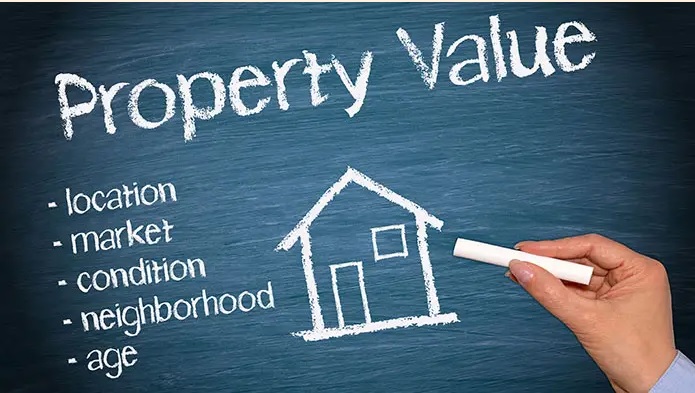08.04.2021
This article doesn’t concern itself with the etymology of the cost, price, value and worth of real estate; it focuses on the mess these terms are causing to the banking system.
In everyday language, cost, price, value, and worth are often interchangeable, but they have special meanings in the Real Estate business.
Cost is the construction cost of a building and of the land on which it is built upon.
Price is the amount at which a property is actually sold, whilst value is the estimate of what a property could sell for in the open market, i.e., an estimate of the price.
Worth is the specific value that an individual assigns to a given property or uses the property for a particular purpose.
When it comes to real estate project finance, the bank will grant a loan partly based on a project’s expected income (in the case of a residential development, from the sale of individual units.)
This (expected) income will typically come from a valuation undertaken by a property valuer the bank instructs to estimate how much the developer will sell the individual units in the specific project.
The bank will also instruct a quantity surveyor to estimate the construction cost of the proposed building
It will then model the cash flow of the development to test the project’s repayment capability and stress the cash flow under various scenarios.
With everyone having done their job, the bank complies with the regulator and the valuer moves on to fight the good fight.
Practice not theory
That is precisely the point where practice needs to overcome theory and where one needs to look beyond the report (and its footnotes.)
Valuers are often civil engineers or individuals who are somewhat detached from the real estate market; this invariably leads them to ‘linking’ their values close to cost, as they either think that property having a value lower than its cost is pure heresy or that cost is the best indicator of price in a market with few transactions.
In a falling market where prices are often below construction cost, this leads to overvaluation, especially land.
Worth has puzzled valuers for years, as specific assets have a particular value to their owner or a limited group of buyers, e.g. an olive oil processing plant in an olive grove in the middle of nowhere.
In such cases, the asset is worth considerably more to its existing owner than to the open market; it has also cost its owner substantially more to build than someone willing to pay for it.
The valuer is ‘trapped’; they need to assess what someone would pay for the processing plant in the open market, knowing that the asset has cost its current owner a sizeable amount and that it is worth to them and their operations a lot more than that.
The ‘default setting’ for the valuer is to base their estimate on replacement cost and put a note saying that there is a limited market for this asset. Job done.
The valuer may be happy, but the bank shouldn’t be.
What is the purpose of using real estate as collateral? For it to be the fall-back position if the borrower is unable to repay their loan, with the repayments coming from their operations, i.e., the bank is engaged in cash flow lending.
If the valuer puts an amount on the theoretical and not realistically achievable collateral, then the bank has just granted a loan without adequately pricing its risk that its fall-back position is smaller.
That brings us to the matter of liquidity.
I will commit sacrilege by disagreeing with Warren Buffett, who said, albeit in a very different context, “Price is what you pay. Value is what you get”.
Price is what you put in your pocket. Value is what someone thinks you will get.
Just because someone thinks their property is worth a lot of money or because it cost them a bundle, it doesn’t mean that is the amount the bank will get when they put it on the market.
It essentially means that banks and valuers should consider what is achievable rather than what theory or regulations dictate.
Only by making the transition from ‘aspirational values’ to ‘realisable prices’ can banks make effective decisions regarding their collateral, carry out an effective restructuring of their loans, and allow the market and their balance sheet to clear.
















